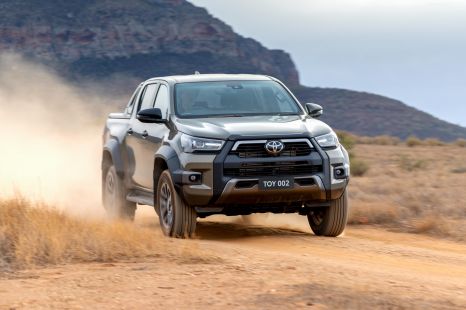

Damion Smy
Diesel could be dead in a decade, says Toyota
14 Minutes Ago

News Editor
Toyota Australia has delayed the electric bZ4X by roughly a year, in a move it says is to ensure it has the latest and greatest.
“The reason we delayed actually, despite some popular opinion and commentary, is that we want to be able to secure supply and the latest spec,” said Sean Hanley, Toyota Australia’s vice president of sales, marketing and franchise operations.
“So they’re the two fundamental reasons why it’s been delayed. I haven’t got the exact numbers. It’s a bit early, but we expect to have a reasonable launch volume for this data based on our market size.”
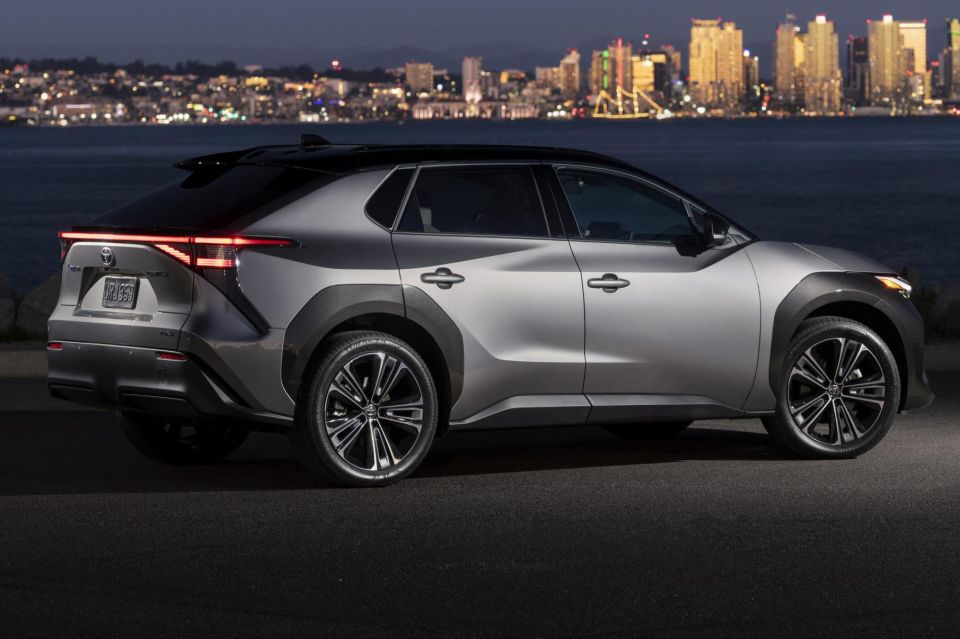
The bZ4X was originally set to launch late in 2022, but has been delayed to the fourth quarter of 2023.
Mr Hanley’s remarks suggest the delay is not because of any teething issues Toyota’s first volume EV has experienced – such as the wheels quite literally falling off – but instead to secure an updated model.
While the bZ4X only entered production in 2022, Toyota could be rolling out running changes. Whether these extend to the bZ4X’s electric motors and batteries is unclear.
While the Australian line-up is yet to be detailed, the bZ4X is available overseas with a choice of 150kW single-motor front-wheel drive and 160kW dual-motor all-wheel drive powertrains, both teamed with a 71.4kWh lithium battery pack.
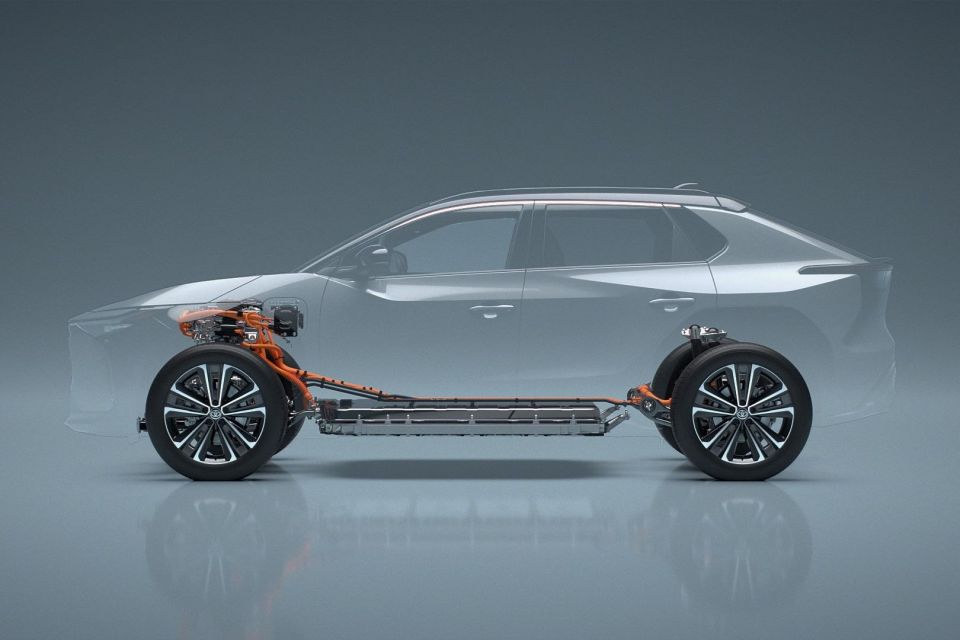
Range on the FWD is 516km on the tougher WLTP test cycle, and 470km on the AWD, while claimed 0-100km/h times are 8.4 seconds and 7.7 seconds respectively.
The 4690mm long by 1860mm wide by 1650mm tall bZ4X is about Tesla Model Y-sized, or slightly longer and lower than a RAV4.
The FWD weighs 1920kg, with the AWD adding 85kg taking it to 2005kg. For context the dual-motor Tesla Model Y weighs 2003kg.
It rides on a new architecture called e-TNGA, designed for electric vehicles. The Subaru Solterra is essentially the same vehicle, with only minor styling tweaks, and is due here mid-year.
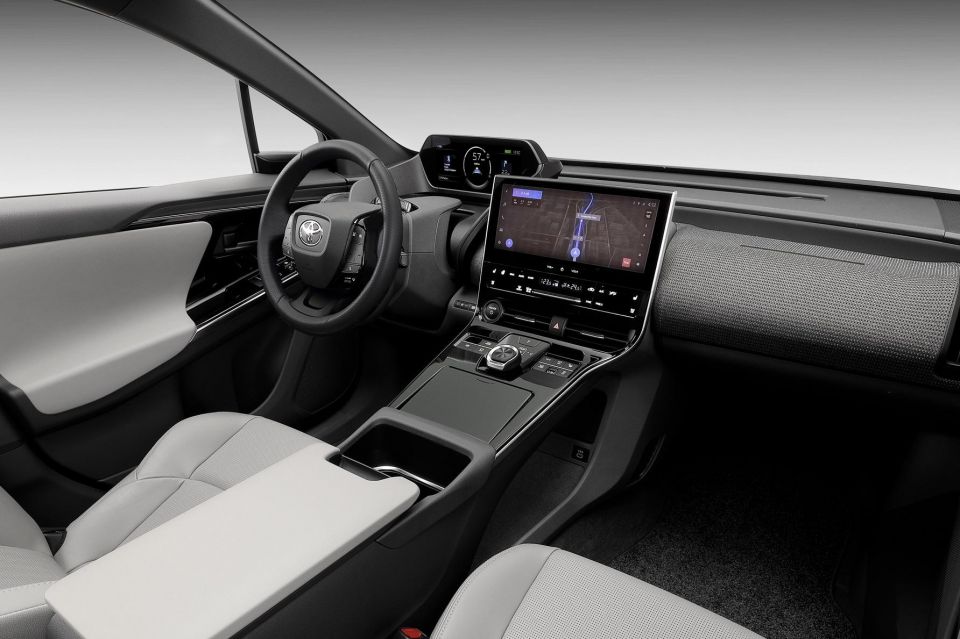
Pricing has yet to be announced for Australia but Mr Hanley said the car will be “expensive”, much like the Prius was back in 2001.
“Battery electric cars are expensive. Don’t kid yourself. They are expensive to build,” said Mr Hanley.
“So I’ve always said this car will not be a cheap car. But as we go forward, as hybrid did over 22 years at scale-up, EVs will come down in price.”
Toyota also cited the rising costs of lithium, eight times higher than two years ago, and supply shortages of battery cells as challenges.
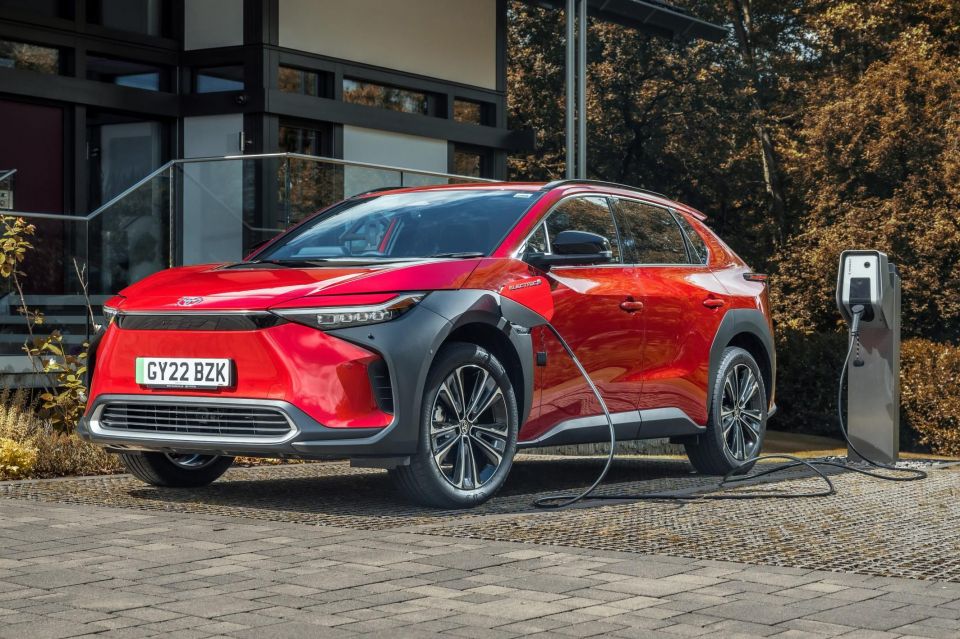
The company plans to have electric vehicle chargers at 232 of its franchise dealers “well ahead” of the bZ4X’s launch later this year, for exclusive use by Toyota vehicles.
Dealers will be footing the bill for the infrastructure, which Toyota Australia says represents a collective investment of $20 million.
These locations will install “at least” one AC or DC charger, and Toyota says it expects the number to vary based on geographical location.
Toyota will expand its local EV range beyond the bZ4x.
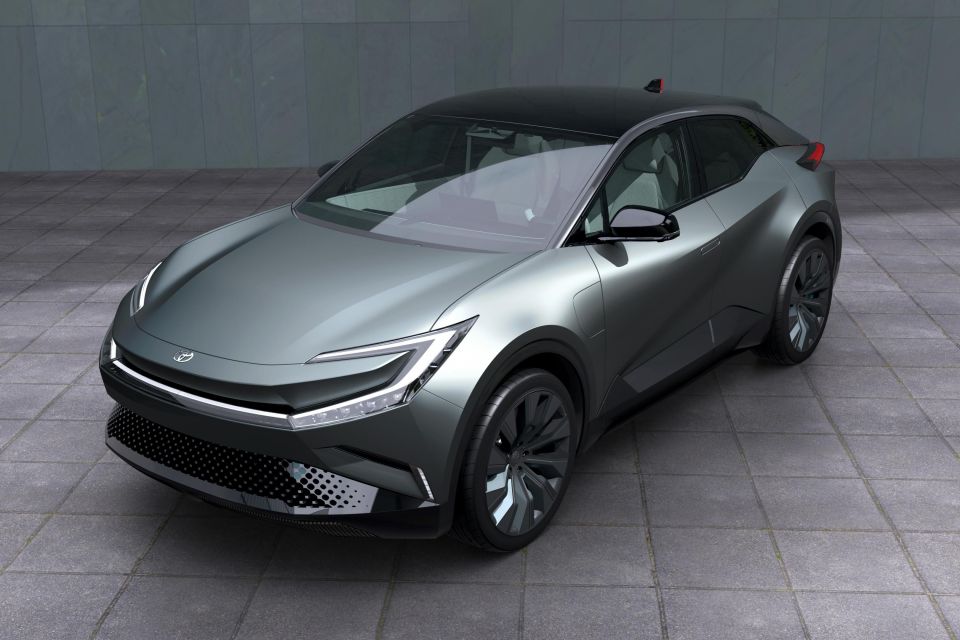
“Starting with the bZ4X, we will launch at least three EVs in the space of three years, with more in the pipeline,” said Mr Hanley.
“Toyota is committed to bringing electric vehicles to Australia, in their thousands within a few short years, and ultimately, in the tens of thousands.”
In addition to these three, Mr Hanley says the company is “examining closely” a production version of last year’s bZ Compact SUV concept.
Toyota has revealed only one other production bZ EV thus far, the bZ3 sedan, but this is understood to be for the Chinese market only.
MORE: Everything Toyota bZ4x
Where expert car reviews meet expert car buying – CarExpert gives you trusted advice, personalised service and real savings on your next new car.
William Stopford is an automotive journalist with a passion for mainstream cars, automotive history and overseas auto markets.


Damion Smy
14 Minutes Ago
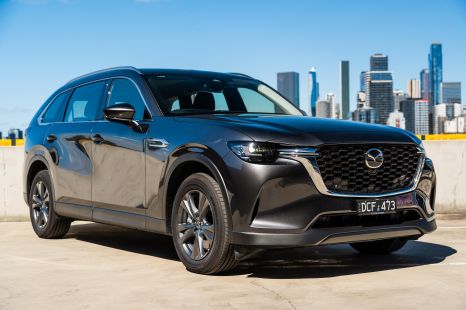

William Stopford
18 Minutes Ago
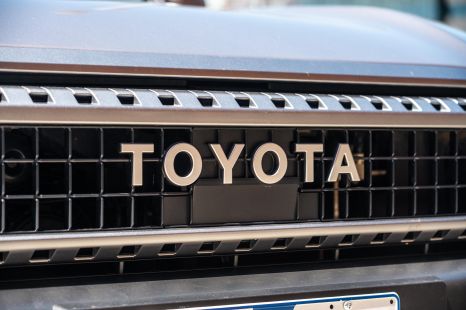

Damion Smy
46 Minutes Ago


Ben Zachariah
2 Hours Ago
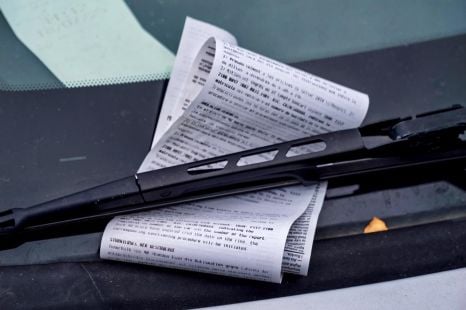

Ben Zachariah
2 Hours Ago
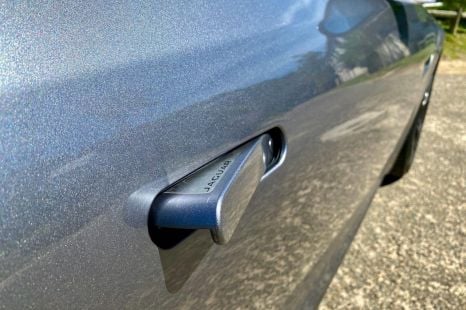

Derek Fung
3 Hours Ago